Plant Pests and Diseases
-
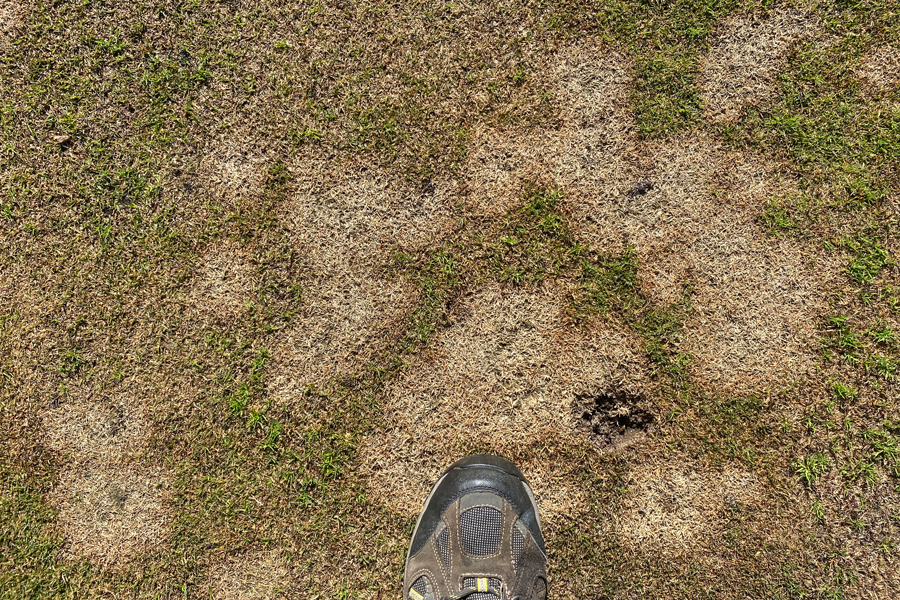
Microdochium puede ser severo tanto en el césped principal como en Poa, Lolium, Festuca pero puede infectar a céspedes de clima cálido si estos tienen un crecimiento activo o están en semi-dormancia. La enfermedad se observa comúnmente en áreas que se han sido resembradas.
Alfredo Martinez and Bochra Amina Bahri
|
-

Esta publicación describe algunas de las enfermedades más problemáticas en las plantas de ornato más usadas en el jardín. El material presentado aquí le ayudará a identificar estas enfermedades y encontrará las recomendaciones para su tratamiento. El conocimiento de estas enfermedades permitirá a los jardineros profesionales y amateurs a combatir estas enfermedades y tener plantas saludables y bellas.
Alfredo Martinez
|
-
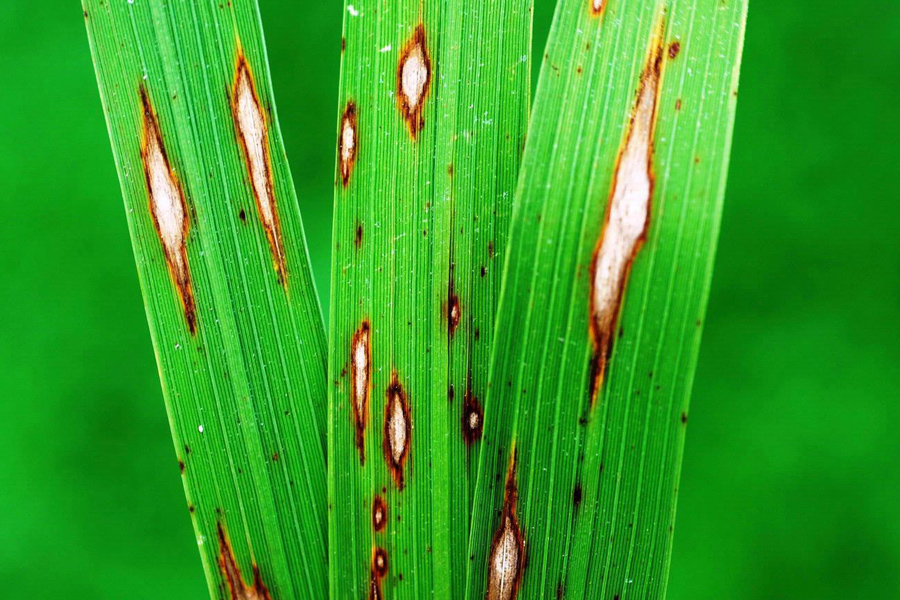
En el estado de Georgia, la mancha gris afecta primordialmente al césped San Agustín y es particularmente dañino y muy prevalente en áreas costeras del estado. En fescue alto aparece en forma esporádica y se observa anualmente en la región norte del estado (zona del Piedmont). Afectando céspedes estresados por el calor. En la región sur y central de Georgia, la mancha gris es más activa en junio a agosto, sin embargo, en las primaveras que son cálidas, la enfermedad puede presentarse temprano en el año.
Jake Price, Elizabeth L. Little, Alfredo Martinez, and Donald M. Gardner
|
-

This publication is a comprehensive guide to identifying and controlling turfgrass diseases in Georgia.
Alfredo Martinez and Leon Lee Burpee
|
-
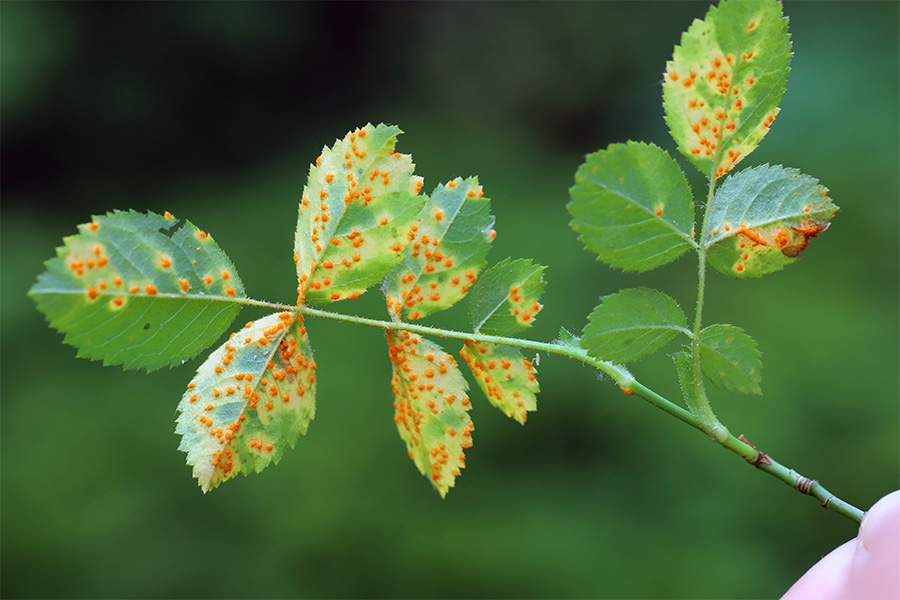
This publication describes some of the most troublesome diseases of Georgia’s landscape plants to help readers identify and treat these diseases. This resource is useful for professional and amateur growers alike to better fight plant diseases and produce healthy plants.
Alfredo Martinez and Jean Williams-Woodward
|
-
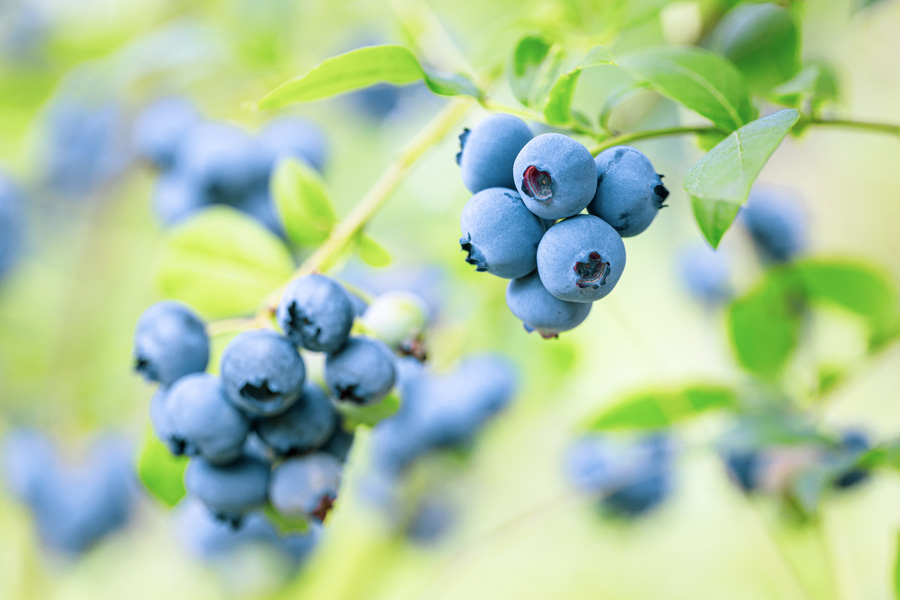
The 2025 edition of this publication covers integrated pest management information for blueberry producers in the Southeastern U.S. Recommendations are based on information from the manufacturer’s label and performance data from research and Extension field tests. This publication is intended for use only as a guide. Specific rates and application methods are on the pesticide label, and these are subject to change at any time.
Phillip M. Brannen and Ashfaq A. Sial
|
-

The juniper scale is a sporadic pest of juniper, cypress, and cedar trees in nurseries and landscapes in Georgia. It is an armored scale, where the wax cover is not a part of its body but can actually be separated from the body. Juniper scale feeds on plant fluid, and heavy infestations can reduce plant vigor, causing needle drop and twig color change from green to brown. Find out how to identify and manage this pest.
William G. Hudson and Shimat V. Joseph
|
-

This publication provides current guidance for insect, disease, and weed control in commercial pecan orchards.
Lenny Wells, Apurba Barman, Timothy Branner Brenneman, Timothy Lane Grey, William G. Hudson, Wayne Mitchem, and Andrew Sawyer
|
-
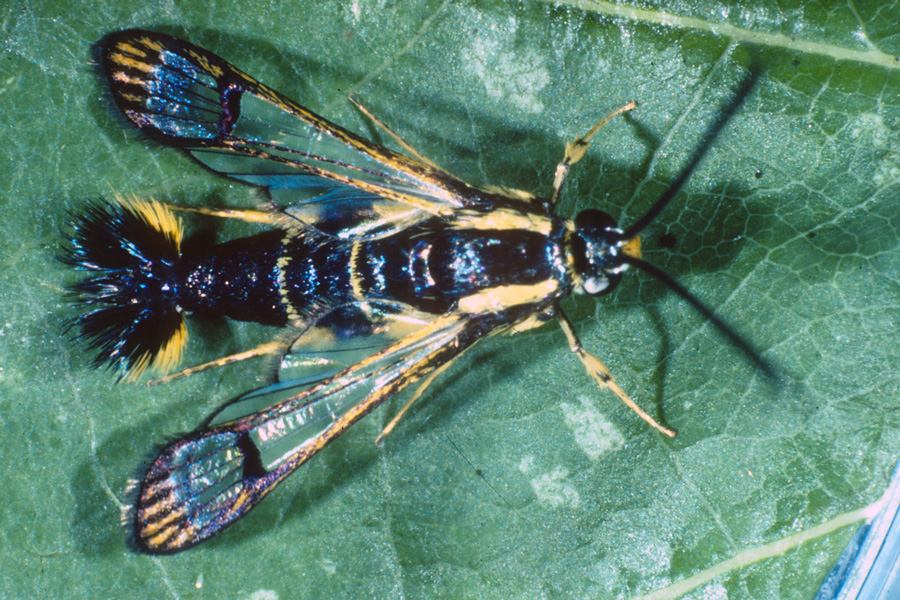
C 1316
Dogwood Borer
The dogwood borer can be a destructive pest of many ornamental trees in nurseries and landscapes. The dogwood borer also attacks fruit and nut trees in landscapes and commercial orchards. It is native to North America and is common in eastern Canada and the United States. It is present throughout Georgia.
William G. Hudson and Shimat V. Joseph
|